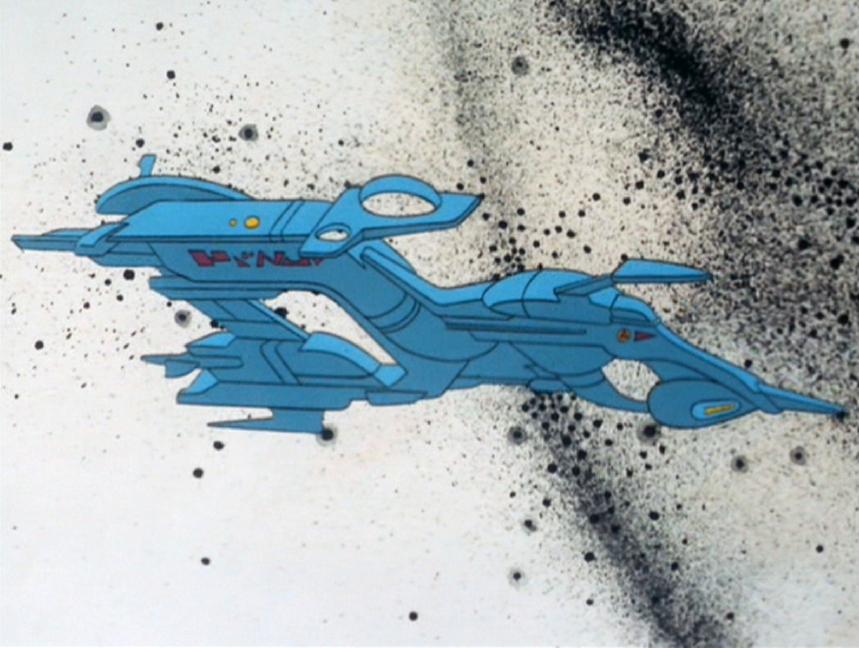 Don't be afraid, the likelihood of anyone gathering up even a fraction of a gram of anti-matter (as seen here in this still from the Angels & Demons preview) is pretty unlikely. The ATRAP experiment at CERN managed to trap 170,000 antihydrogen atoms, but that's still 18 orders of magnitude (1 with 18 zeros after it!) away from A&D territory.
Don't be afraid, the likelihood of anyone gathering up even a fraction of a gram of anti-matter (as seen here in this still from the Angels & Demons preview) is pretty unlikely. The ATRAP experiment at CERN managed to trap 170,000 antihydrogen atoms, but that's still 18 orders of magnitude (1 with 18 zeros after it!) away from A&D territory.Now, why was I thinking about this recently, since I'm not much of a Dan Brown fan (I survived Da Vinci, just to see what the fuss was about, but enough)? Dave Mosher, from Discovery Space, asked me to put together a little guest blog on anti-matter, and when the media asks, I deliver. Anyway, please have a gander at my piece, "Plot Device of Mass Destruction", and let me know what you think.
Two things I didn't manage to squeeze into an already-long article:
 My introduction to anti-matter was certainly via "The Counter Clock Incident", in the animated Star Trek series from the early 1970's. While the black stars on the white sky, and the total absence of annihilating anything, clearly miss the mark, they did somehow capture Feynman's insight that anti-particles in the matter universe are, in a sense, travelling backwards in time. Who knows if they were reading Bjorken & Drell, and it's sci-fi as all get-out, but it sort of feels like an inside joke for physicists (in a Saturday morning cartoon, no less)
My introduction to anti-matter was certainly via "The Counter Clock Incident", in the animated Star Trek series from the early 1970's. While the black stars on the white sky, and the total absence of annihilating anything, clearly miss the mark, they did somehow capture Feynman's insight that anti-particles in the matter universe are, in a sense, travelling backwards in time. Who knows if they were reading Bjorken & Drell, and it's sci-fi as all get-out, but it sort of feels like an inside joke for physicists (in a Saturday morning cartoon, no less)- My reminder that people other than I watched Star Trek as kids came when I was visiting NYC from CERN in the mid-1990's. I was staying with a college friend who had gone into finance, and we ended up hanging out in Washington Square Park on a Sunday afternoon, with a guitar or two in tow. I vividly remember him playing for a bit, looking thoughtful for a second and then asking, "Now that you're a physicist, you can tell me: what is antimatter?" I gave a similar spiel as I wrote in this Discovery Space piece, but somehow he wasn't satisfied. The mystery was too great, and my experienced reality of anti-matter was far too mundane. Hope this try was better!





